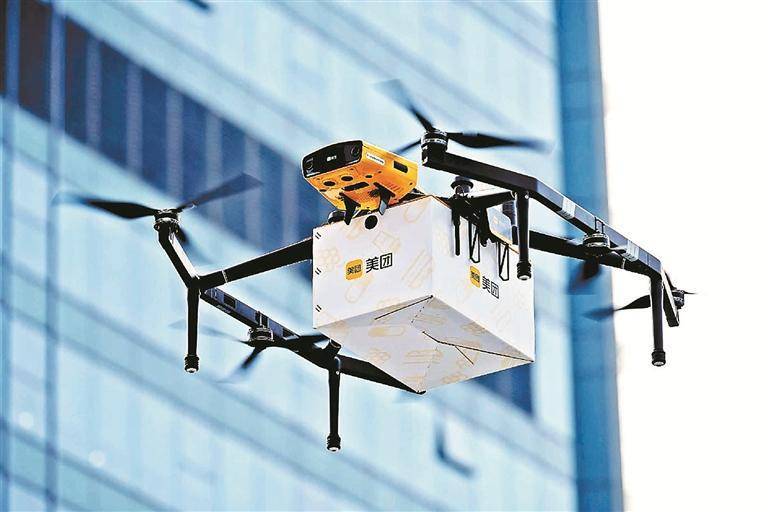In recent years, thermal camera drones have emerged as pivotal tools for enhanced surveillance, offering unprecedented advantages in various sectors. By integrating thermal imaging technology with advanced drone systems, users can leverage these devices for myriad applications including security, construction, firefighting, and wildlife monitoring. Thermal camera drones utilize sensors that detect infrared radiation, which is emitted by all objects based on their temperature. This enables them to capture detailed images in low-light conditions or complete darkness, making them ideal for nocturnal operations and hard-to-access areas.
Applications and Benefits
One of the prime applications of thermal camera drones is in security and law enforcement. These drones can effectively monitor large areas, detect intruders in real-time, and even differentiate between human and animal threats. Businesses can employ thermal drones for perimeter security, minimizing risks associated with unauthorized access. Similarly, firefighters and emergency responders employ thermal imaging drones to identify hotspots in burning structures, facilitating quicker and safer intervention.
Construction and Infrastructure
Thermal camera drones also play a crucial role in construction and infrastructure maintenance. They assist in identifying heat leaks or insulation failures in buildings, ensuring energy efficiency compliance. By capturing detailed thermal images, contractors can precisely pinpoint areas needing repairs, enhancing overall project accuracy. This technology aids in surveying roofs, power lines, and pipelines without interrupting operations.
Furthermore, wildlife and environmental researchers utilize thermal drones to track and monitor animal behaviors without intrusion. These drones provide continuous monitoring capabilities, leading to more accurate data collection and analysis. They help quantify wildlife interactions and habitat conditions which are critical for conservation efforts.
The Future of Thermal Camera Drones
The innovations within the domain of thermal camera drones continue to evolve. Manufacturers are enhancing resolution and sensitivity levels to offer clearer and more precise imagery. Many drones now come equipped with dual-camera systems that combine thermal with optical imaging, providing comprehensive data collection. The convergence of AI and machine learning promises advanced analytical capabilities, enabling drones to autonomously detect and respond to predefined thermal anomalies.
While the costs associated with high-quality thermal imaging systems are gradually decreasing, accessibility is improving. This trend is expected to continue, enabling broader adoption across various industries. The integration with smart city initiatives might also revolutionize urban management, making thermal camera drones central to efficient infrastructure monitoring.
Frequently Asked Questions

How do thermal camera drones differ from regular drones?
Unlike regular drones that rely primarily on video and digital imaging, thermal camera drones utilize sensors to capture infrared radiation, allowing them to detect heat patterns, making them suitable for operations in complete darkness or smoke.
Are thermal camera drones cost-effective?
Initially, these drones were expensive, but the prices are falling due to technological advancements and increased demand. When factoring in the operational efficiency and long-term benefits they provide, thermal camera drones can indeed be cost-effective.
What industries can benefit the most from thermal camera drones?

Industries such as military and law enforcement, construction, firefighting, agriculture, and wildlife conservation can benefit significantly from thermal camera drones by enhancing operational capabilities and reducing risks.